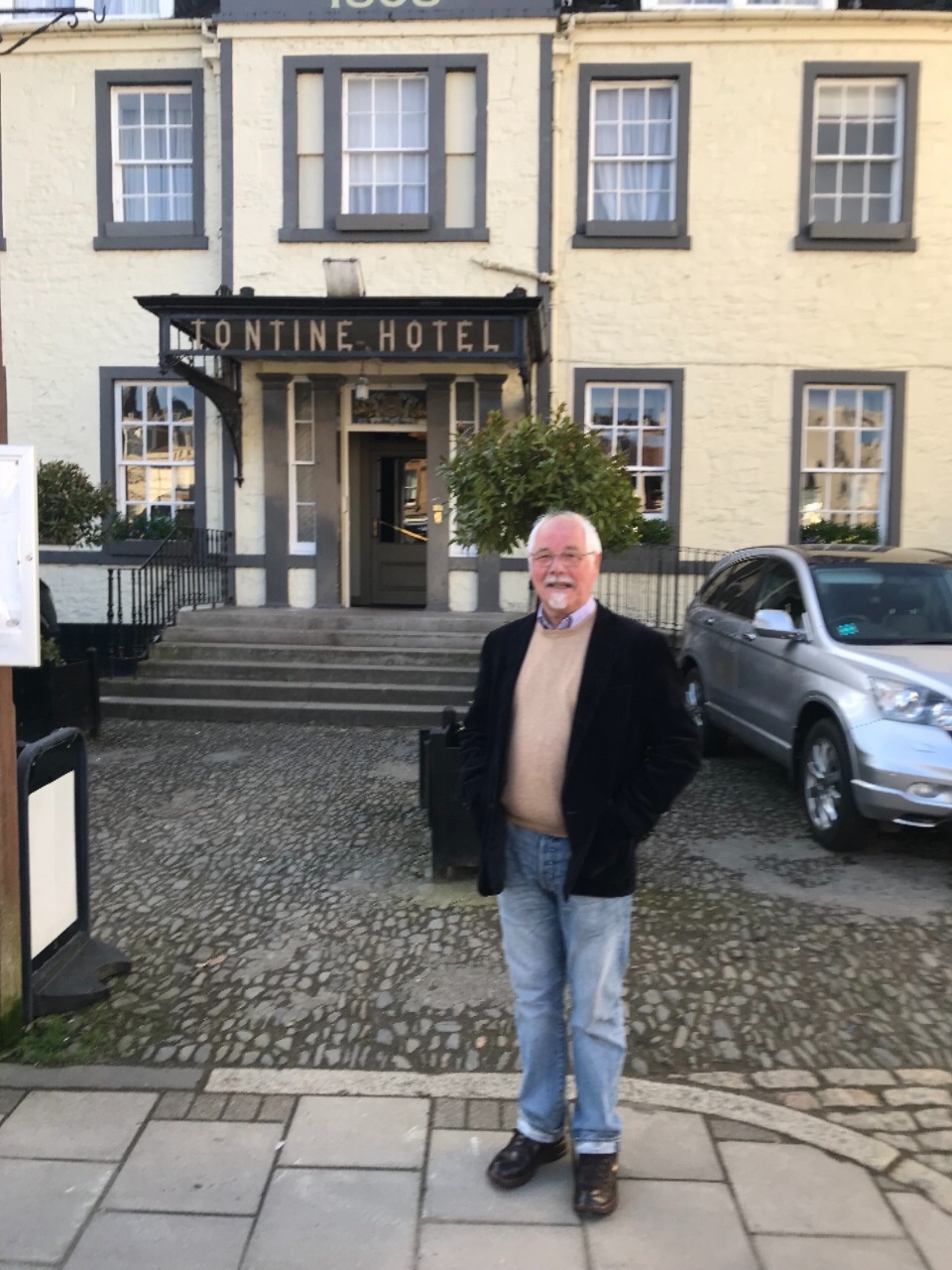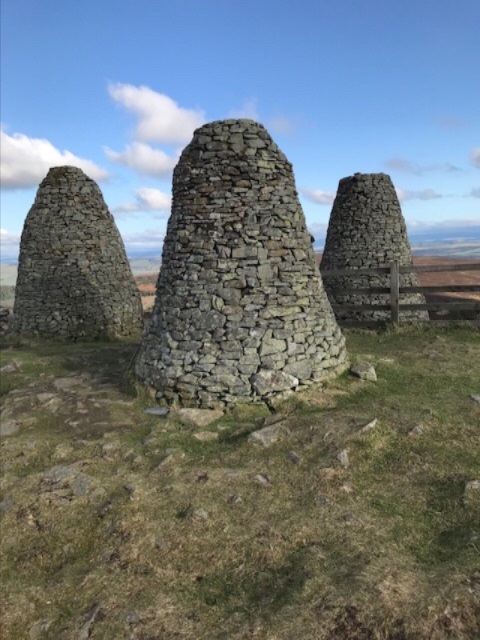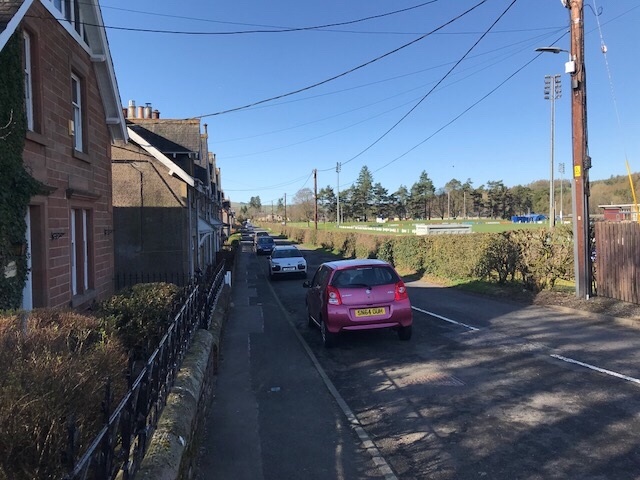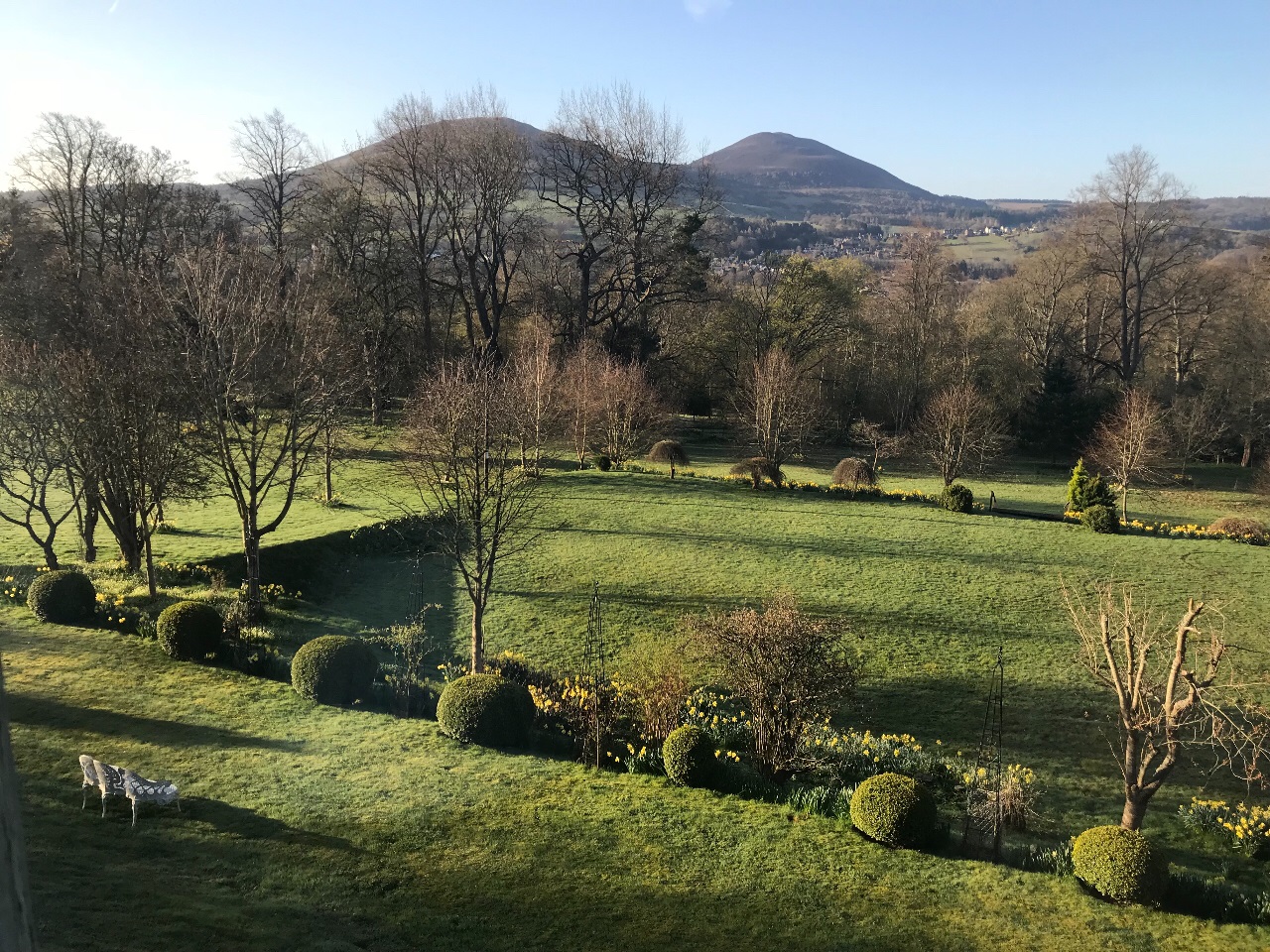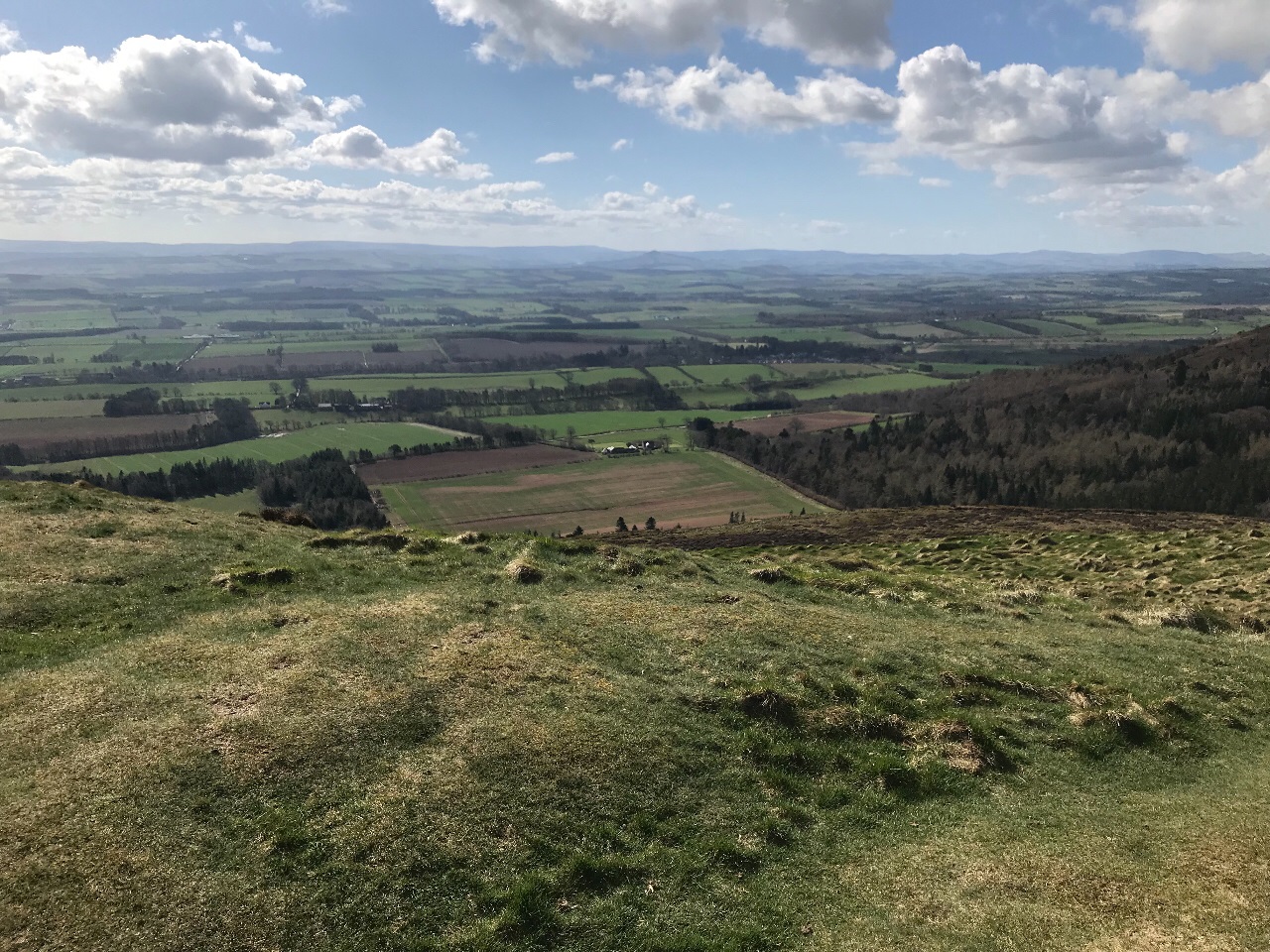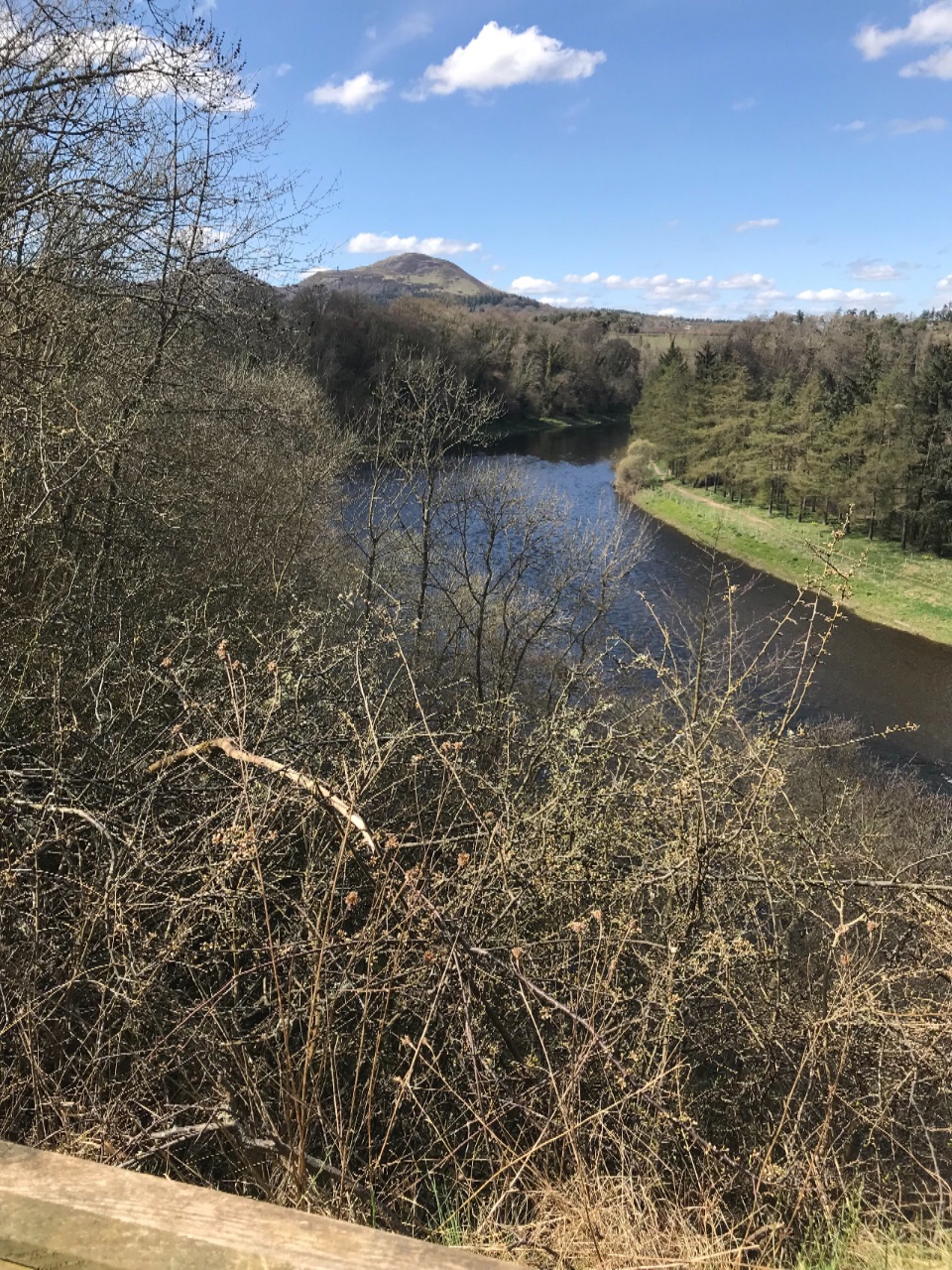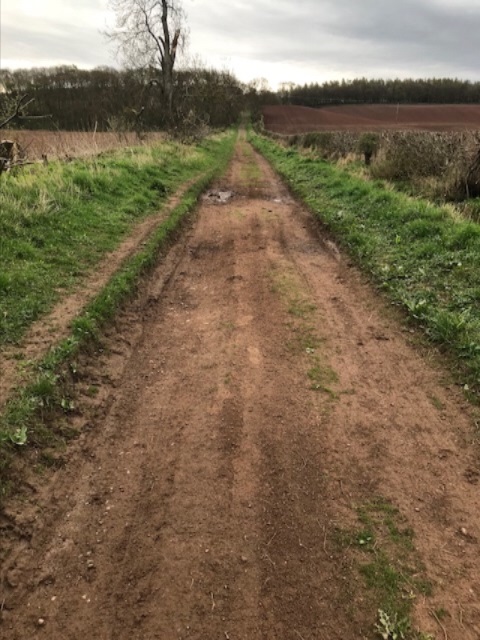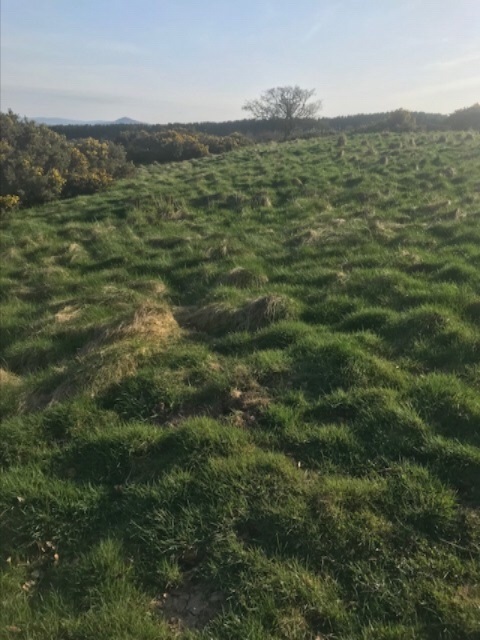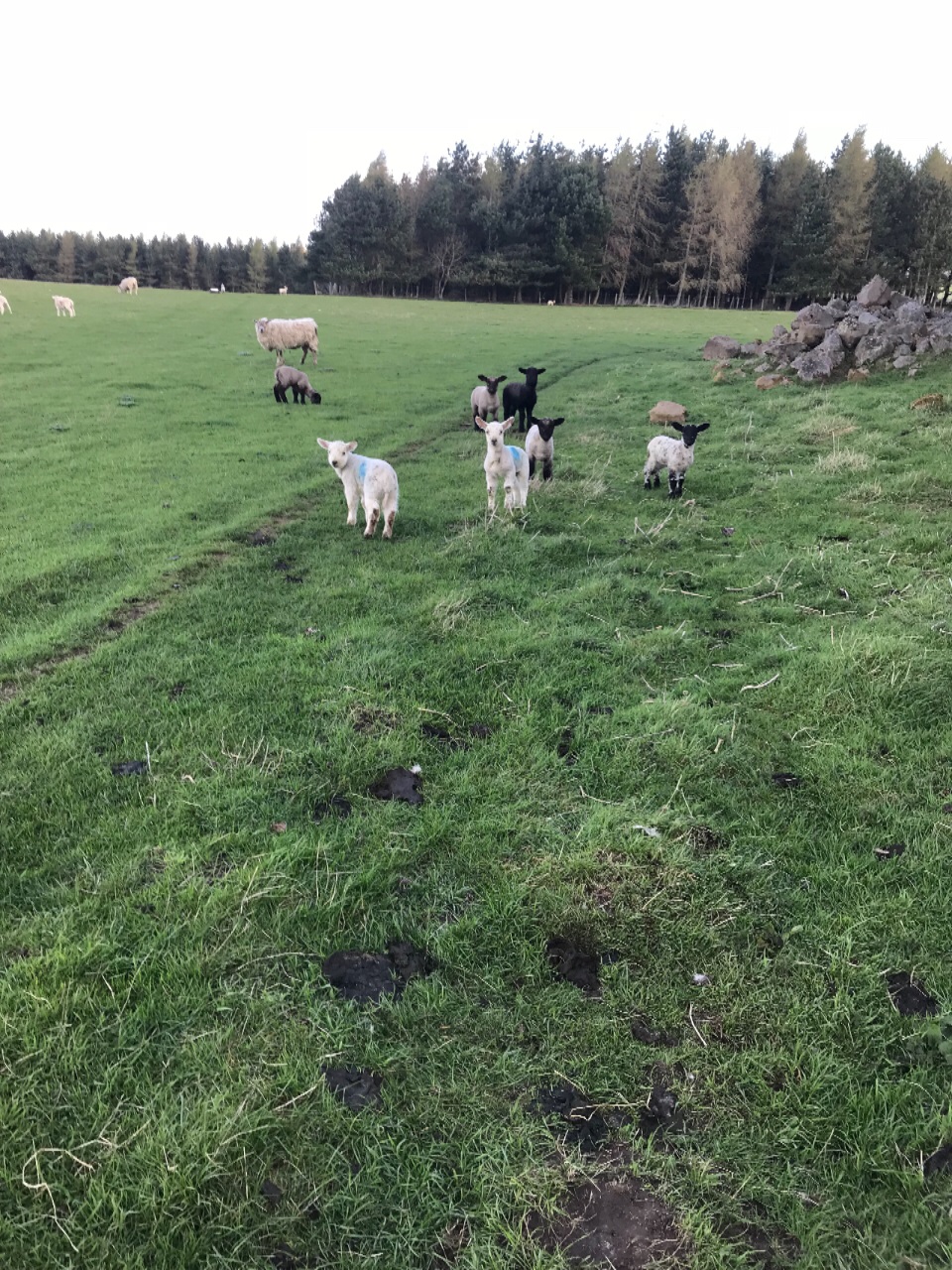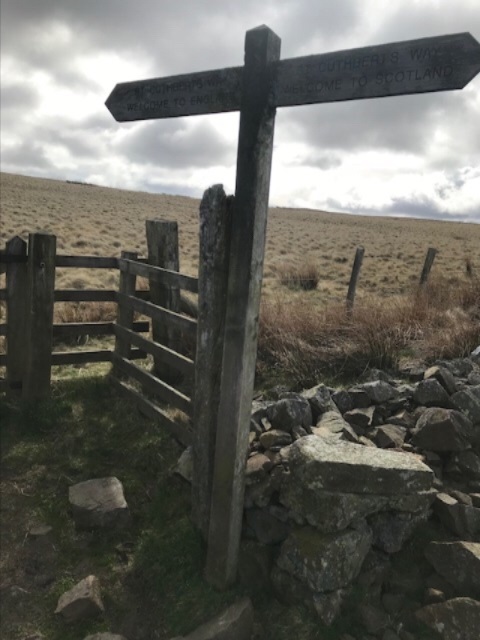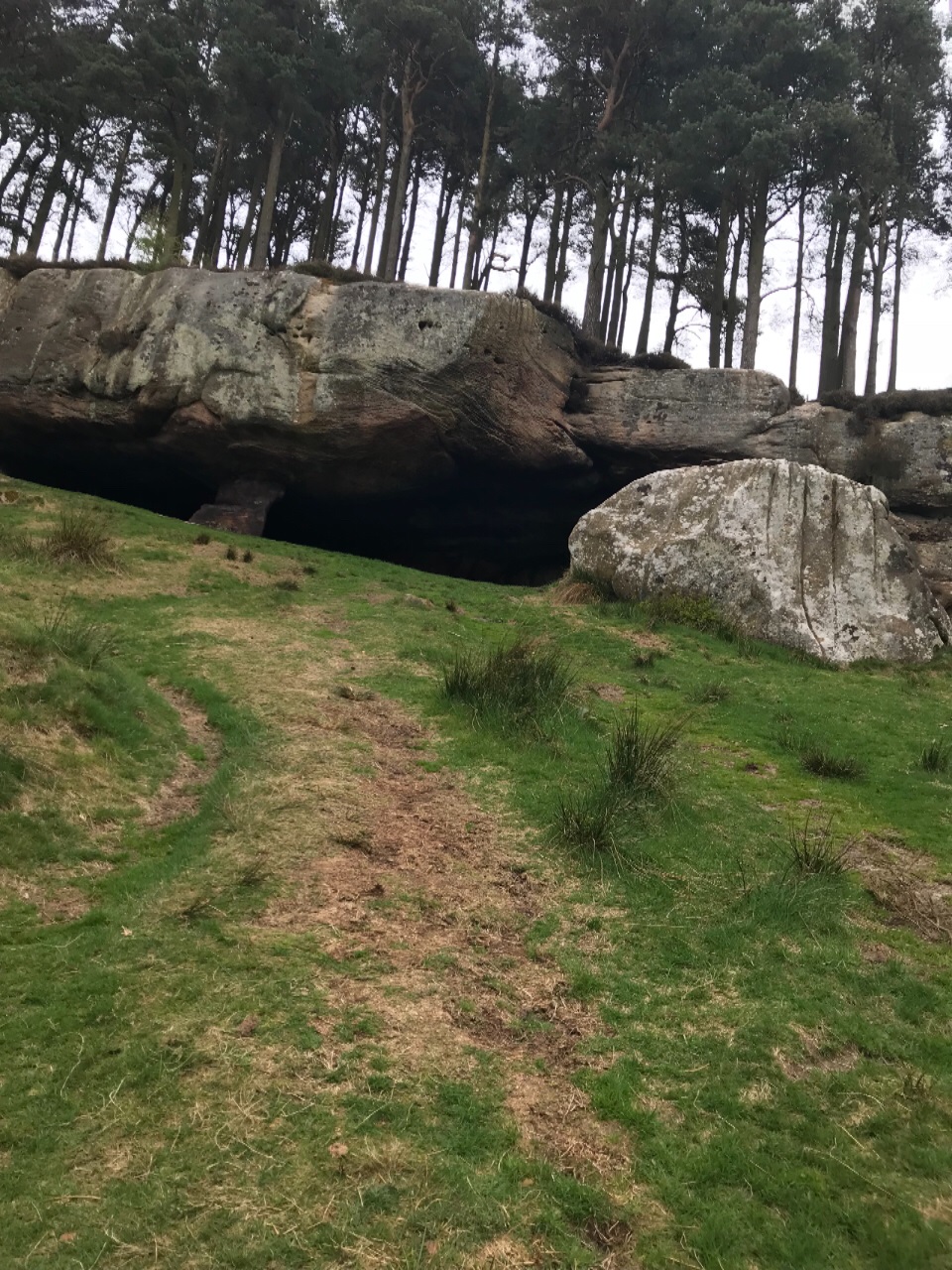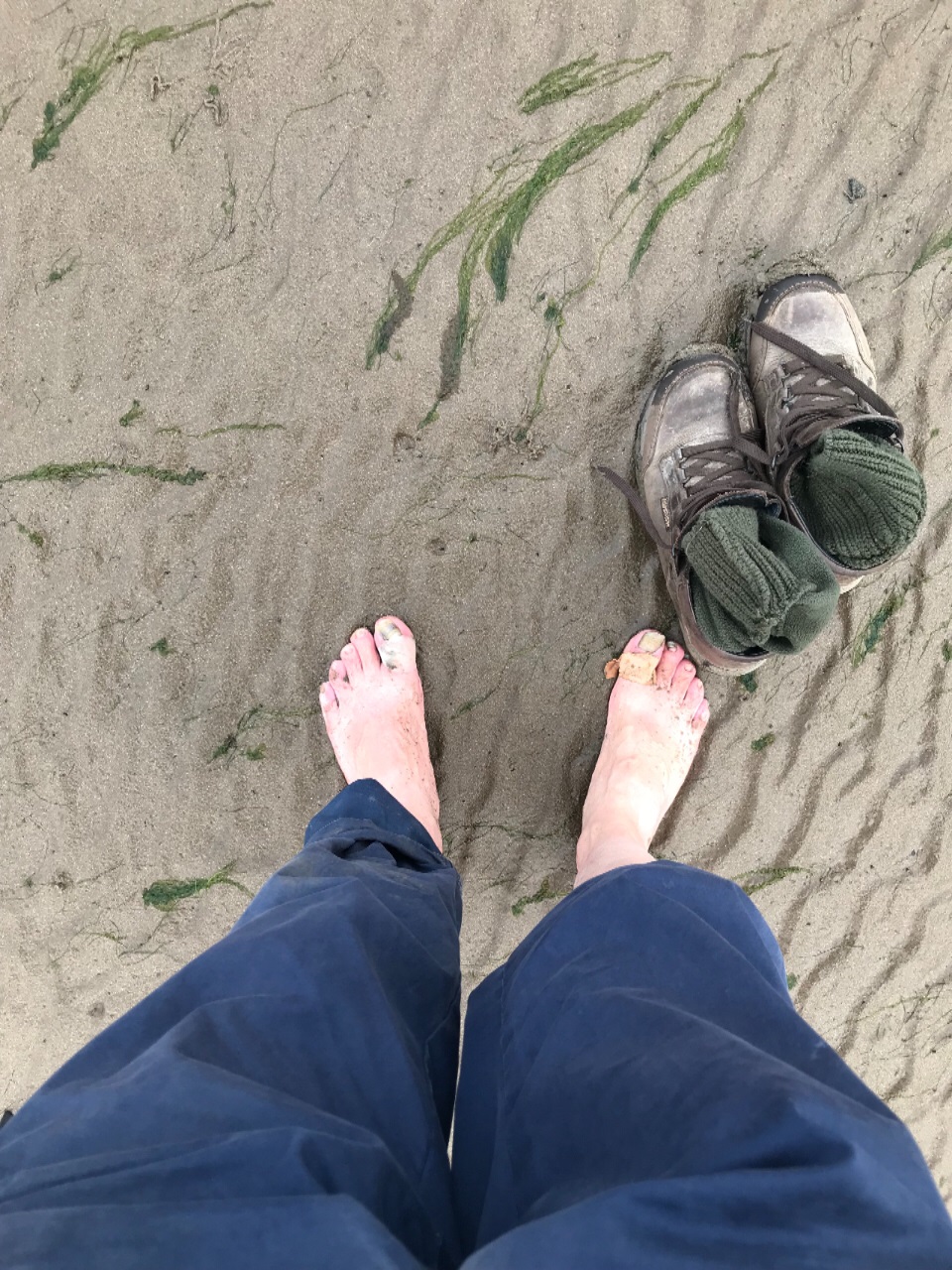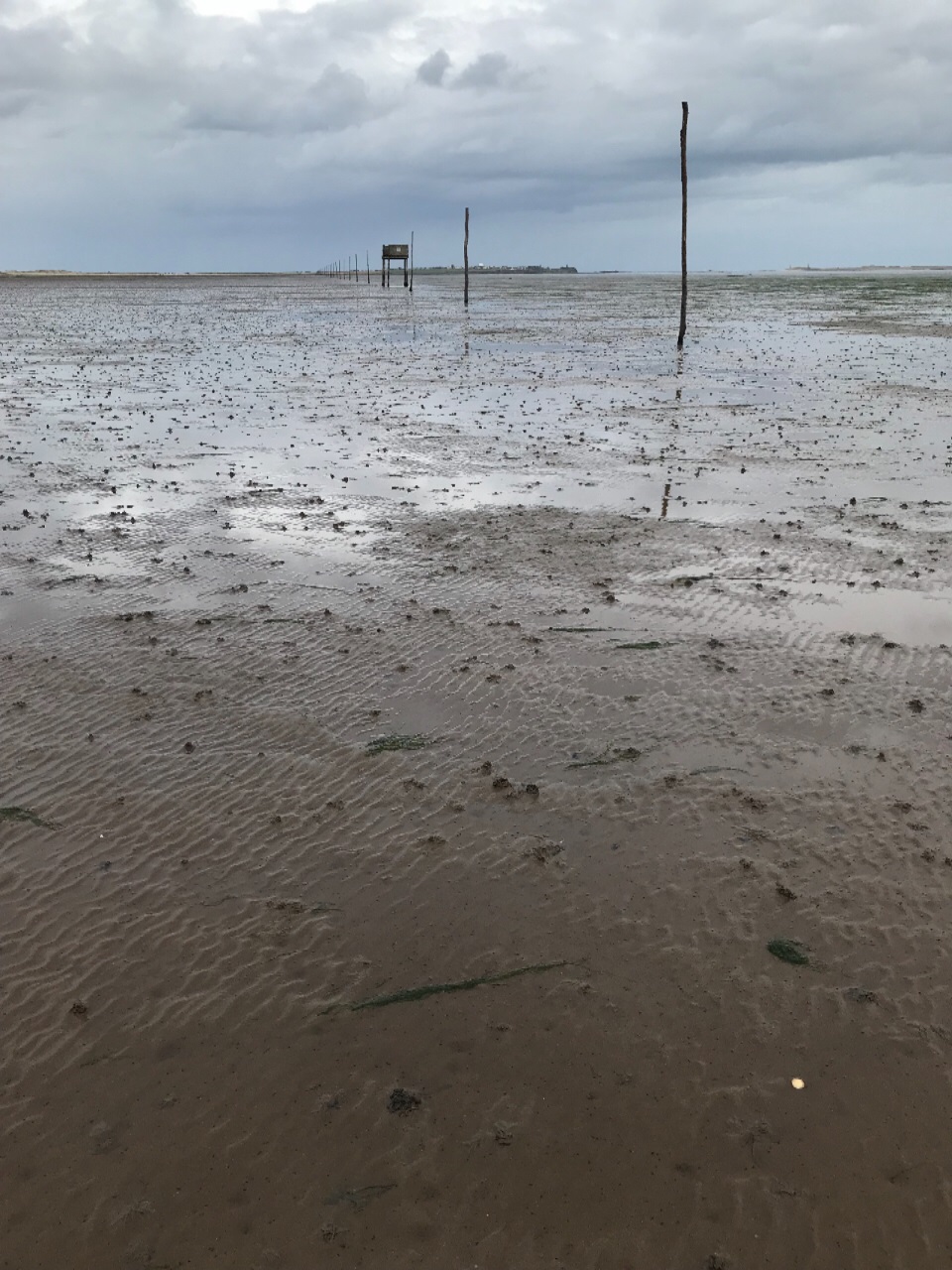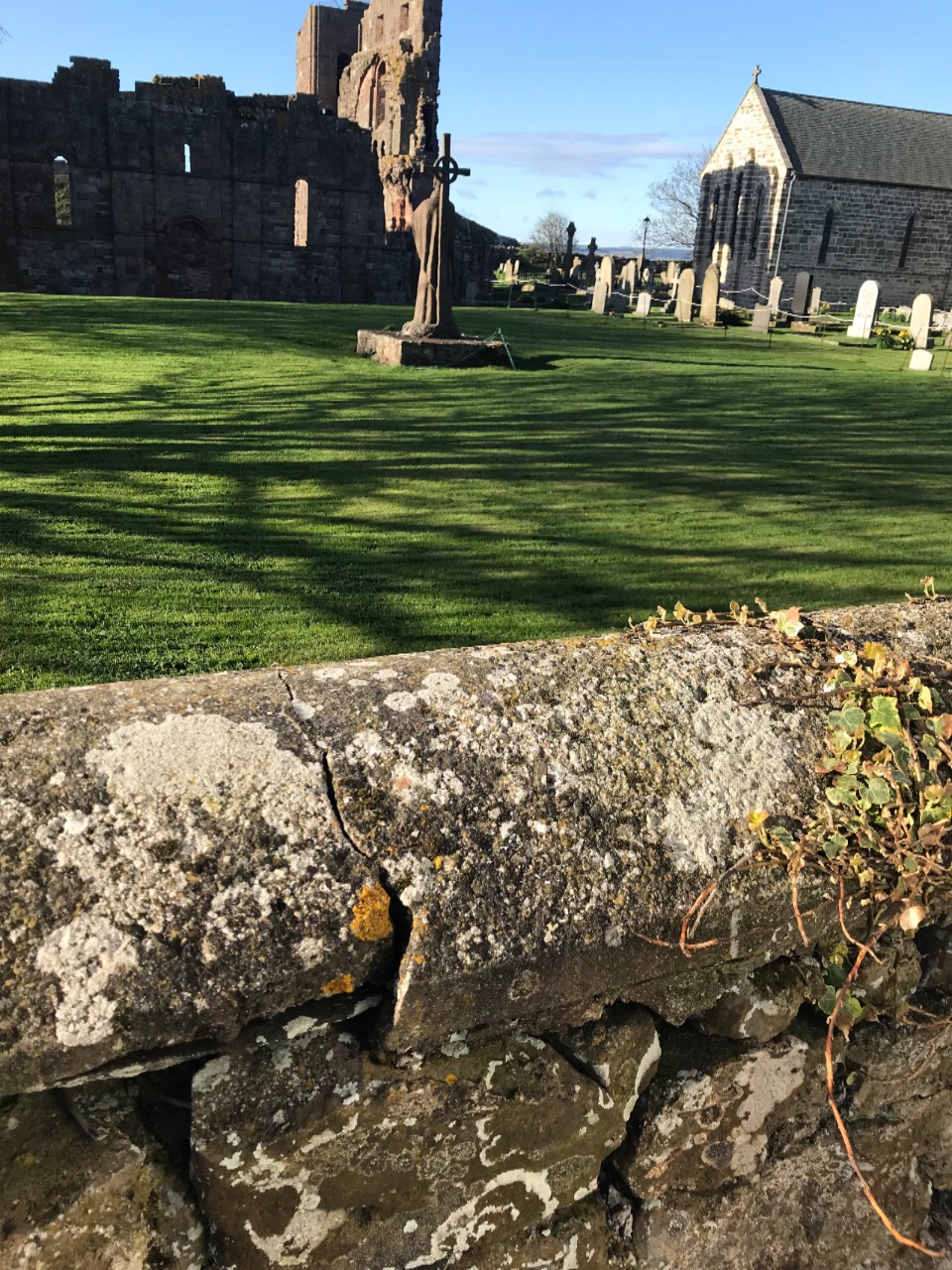St. Cuthbert’s Way Plus
The walk will cover 106 miles ending as I cross barefoot the pilgrim’s path to Lindisfarne. My purpose is to raise money for the Royal Caledonian Eduucation Trust. Donations stand at. £700 mostly from members of the Caledonian Society of London.
This walk forms part of my 20/20 challenge. I wil blog each day frøm 19th to 25th April.
I start 19th April 08.30 at the Mercat Cross. of Peebles.
Peebles
Met Hendry White who will be back up man: shifting my gear from Peebles to Philiphaugh and then to Gattonside.
Hendry arrived at the Tontine just as I was leaving for the start point, at the Mercat Cross of Peebles.
Philiphaugh
The first phase of the walk was along the Tweed Valley walking and biking route, between Peebles and Innerleithen. After seeing Carole at Mossfennan, I started across the hills following the Minchmuir Path. Edward 1, led his army across here, to subdue the Scots, in 1296.
I reached the three Brethren - cairns marking estate boundaries - and then walked down to my accommodation,
This was on the site of the September 1645 battle of Philiphaugh. The army of the Convention of Estates took Montrose by surpiuse. Montrose was already weakened as Alistair MacDomald had temporarily withdrawn his men,
Melrose
This is the start of the St. Cuthbert’s Way. St. Cuthbert was Abbot here in AD660 or thereabouts. Rbert the Bruce’s heart was buried here. It is of course a ruin. This was a result of Henry V111’s ‘Rough Wooing’. He was angered by the refusal by the Scots to allow the infantt Queen Mary to marry his son Edward. Henry responded by sending an army under the Earl of Hertford, to take ‘fire and sword’ to the Borders. Thus Melrose Abbey became and remains a ruin.
The. Eildons
Tacitus referred to them as ‘the place of the three hills.‘ His son in law Agricola estalished the Roman garrison at nearby Newstead. This was called Trimontium,
Sir Walter Scott’s favourite place was near to Sir Douglas Haig’s home at Bemersyde. This was a view acrross to the Eildoon Hills. Both of these great Sotsmen are buried at Dryburgh Abbet. Also a ruin.
Legend has it that Thomas the Rhymer met the Queen of ‘fair Elfland’ here. She st out three possible options N the narrow road ‘so thick beset with thorns and briers’ but the ‘path of righteousness’: second, the ‘broad, broad road, the ‘path of wickedness’: or the path they follow to ‘fair Elfland’, Thomas stays ther with her for seven years.
An obvious fairy tale. Yet, Thomas the Rhymer was a real person, living here in the 13th century.
Cheviots
Over the 6 days I only one couple doing a long walk. Near the towns and villages I saw people walking dogs and the like. Otherwise, I would walk for hours without meeting anyone. However, it is this animal that that gives the Cheviots there distinctive character and this is the lambing season. I was ultra careful in shutting gates after me.
End of the St. Cuthbert’s Way
Walk ended after 6 days covering 106 miles. Thanks to all my sponsors, Hendry White for his support, Les Fordham for publicising it through the Caledonian Society of London website, and all my followers on Facebook. All donations go to the Royal Caledonian Education Trust.
